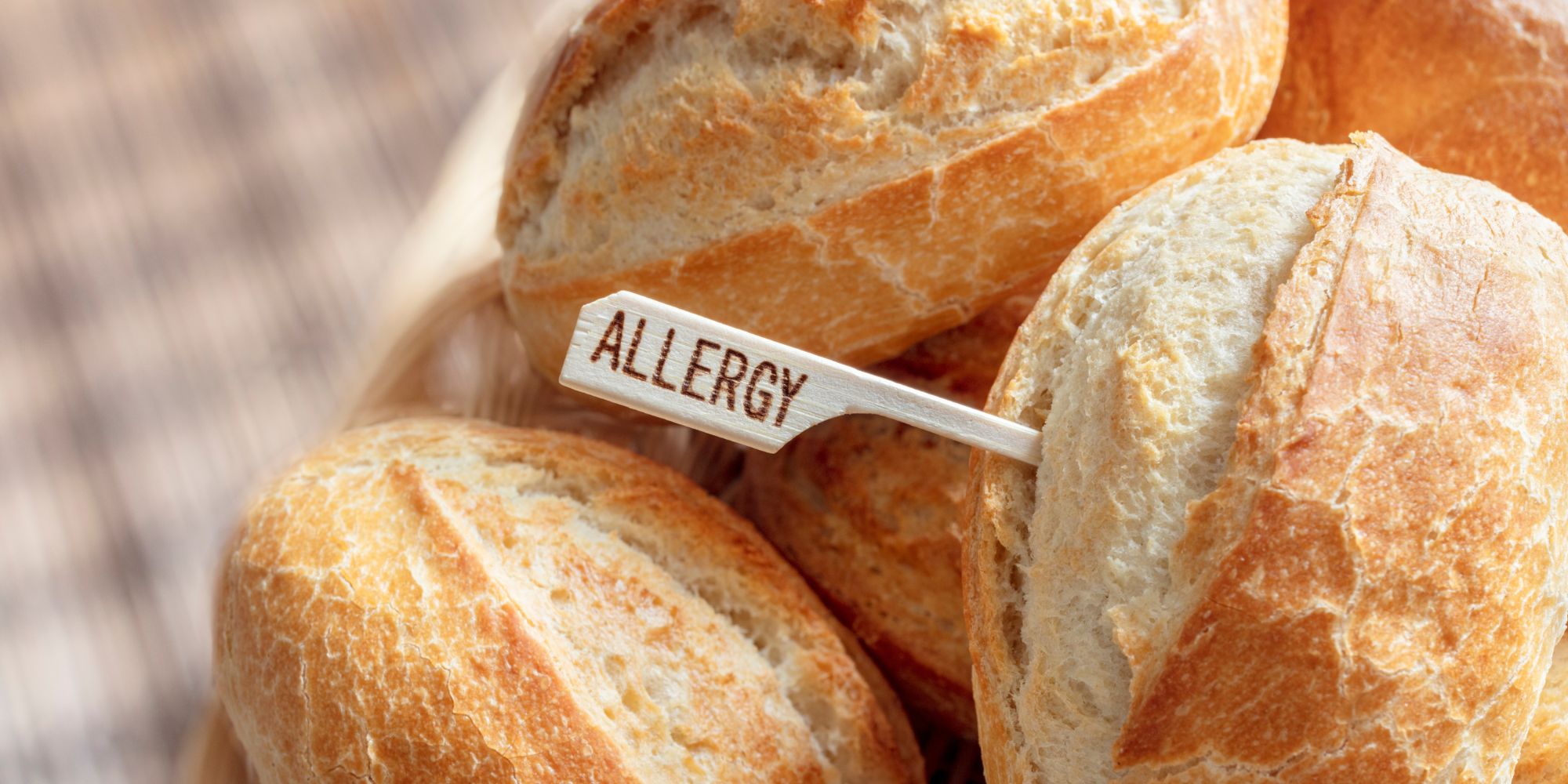Today, we’re talking about something that affects many of us as we get a bit older: seniors managing special diets. Whether you’re dealing with a gluten-free, low-sodium, or diabetic-friendly diet, it can be a bit daunting at first. But fear not! We’ve got some handy tips to help you navigate these dietary restrictions with ease and still enjoy delicious, nutritious meals. So, make yourself comfortable, maybe with a nice cup of tea, and let’s dive in!
Understanding Dietary Restrictions
First things first, let’s understand what these dietary restrictions mean:
- Gluten-Free: This diet is essential for those with coeliac disease or gluten sensitivity. It means avoiding foods that contain gluten, which is a protein found in wheat, barley, and rye.
- Low-Sodium: A low-sodium diet is often recommended for people with high blood pressure, heart disease, or kidney problems. It involves limiting the amount of salt in your diet.
- Diabetic-Friendly: For those with diabetes, it’s crucial to manage blood sugar levels through diet. This often means controlling carbohydrate intake and choosing foods that have a low glycemic index.
Tips for Managing a Gluten-Free Diet
Switching to a gluten-free diet can feel overwhelming, but it doesn’t have to be. Here are some tips to help you out:
1. Read Labels Carefully
Always check food labels to ensure they’re gluten-free. Seniors managing special diets should look out for ingredients like wheat, barley, rye, and oats (unless they’re certified gluten-free).
2. Find Gluten-Free Alternatives
There are plenty of gluten-free alternatives available for your favourite foods. From bread and pasta to biscuits and cakes, you can find gluten-free versions in most supermarkets.
3. Cook at Home
Cooking at home gives you control over what goes into your meals. Experiment with gluten-free grains like rice, quinoa, and corn. There are also many gluten-free recipes online to try out.
4. Watch Out for Cross-Contamination
If you’re sharing a kitchen with others, make sure to avoid cross-contamination. Use separate utensils, chopping boards, and toasters for gluten-free foods.
Tips for Managing a Low-Sodium Diet
Reducing sodium intake can be a challenge, but these tips can make it easier:
1. Cook Fresh
Fresh foods are naturally low in sodium. Seniors managing special diets should try to cook from scratch using fresh vegetables, fruits, lean meats, and whole grains. Avoid pre-packaged and processed foods which are often high in sodium.
2. Use Herbs and Spices
Enhance the flavour of your meals with herbs and spices instead of salt. Basil, oregano, rosemary, and cumin are just a few options that can add a lot of flavour without the sodium.
3. Read Labels
Look for low-sodium or no-salt-added options when buying canned or packaged foods. Check the sodium content on the nutrition labels.
4. Rinse Canned Foods
If you use canned vegetables or beans, rinse them under cold water to remove some of the sodium.
Tips for Managing a Diabetic-Friendly Diet
Managing diabetes through diet is crucial, and these tips can help you keep your blood sugar levels stable:
1. Choose Whole Grains
Whole grains like brown rice, quinoa, and whole wheat pasta have a lower glycemic index than refined grains. They can help keep your blood sugar levels more stable.
2. Eat Plenty of Fibre
Fibre slows down the absorption of sugar and helps control blood sugar levels. Include plenty of vegetables, fruits, beans, and whole grains in your diet.
3. Monitor Carbohydrate Intake
Carbohydrates have the most significant impact on blood sugar levels. Keep an eye on portion sizes and try to spread your carbohydrate intake evenly throughout the day.
4. Opt for Healthy Fats
Healthy fats, such as those found in avocados, nuts, and olive oil, can help you feel full and satisfied. They also have a minimal impact on blood sugar levels.
Combining Dietary Restrictions for Seniors Managing Special Diets
If you need to manage multiple dietary restrictions, it can feel like a juggling act. Here are some tips to help you combine them:
1. Plan Your Meals
Meal planning can make a world of difference. Take some time each week to plan your meals, making sure they meet all your dietary needs.
2. Find Versatile Recipes
Look for recipes that can be easily adapted to meet your dietary requirements. For example, a simple stir-fry can be made gluten-free, low-sodium, and diabetic-friendly with the right ingredients.
3. Talk to a Dietitian
If you’re struggling, consider speaking to a dietitian. They can help you create a balanced diet that meets all your nutritional needs while respecting your dietary restrictions.
Eating Out with Dietary Restrictions
Eating out can be a bit tricky when you have dietary restrictions, but it’s not impossible. Here are some tips:
1. Do Your Research
Before you go out, check the restaurant’s menu online. Many places now provide information on dietary options, including gluten-free, low-sodium, and diabetic-friendly choices.
2. Ask Questions
Don’t be afraid to ask the waiter about how the food is prepared and whether they can accommodate your dietary needs. Most restaurants are happy to help.
3. Make Special Requests
Request modifications to dishes if necessary. Ask for dressings and sauces on the side, choose steamed or grilled options, and avoid fried foods.
Staying Positive
Managing special diets can be challenging, but it’s important to stay positive and remember that it’s all about looking after your health. Here are some final tips to keep your spirits high:
1. Focus on What You Can Eat
Instead of dwelling on what you can’t have, focus on the delicious foods you can enjoy. There are plenty of tasty options available that fit within your dietary restrictions.
2. Get Creative in the Kitchen
Try new recipes and experiment with different ingredients. Cooking can be a fun and rewarding experience, and it’s a great way to discover new favourites.
3. Stay Connected
Share your journey with friends and family. They can offer support and encouragement, and you might even inspire someone else to make healthier choices.
Final Thoughts
Seniors managing special diets don’t have to feel burdened. With a bit of planning, creativity, and a positive attitude, you can enjoy a varied and delicious diet that meets your needs. Remember, it’s all about taking care of yourself and feeling your best. So, here’s to happy, healthy eating!
Additional Resources
For more information and resources on managing special diets for seniors, check out these helpful links. Each resource offers valuable insights and tips to support dietary health:
- Diabetes.co.uk – Gluten-Free Diet: Information on adopting a gluten-free diet for individuals managing diabetes or gluten sensitivity.
- NHS – Salt and Health: Guidance on the impact of salt on health and tips for reducing sodium intake, particularly relevant for seniors with hypertension or heart disease.
- Diabetes UK – Healthy Balanced Diet: Insights into maintaining a healthy balanced diet to manage blood sugar levels effectively for individuals with diabetes.

